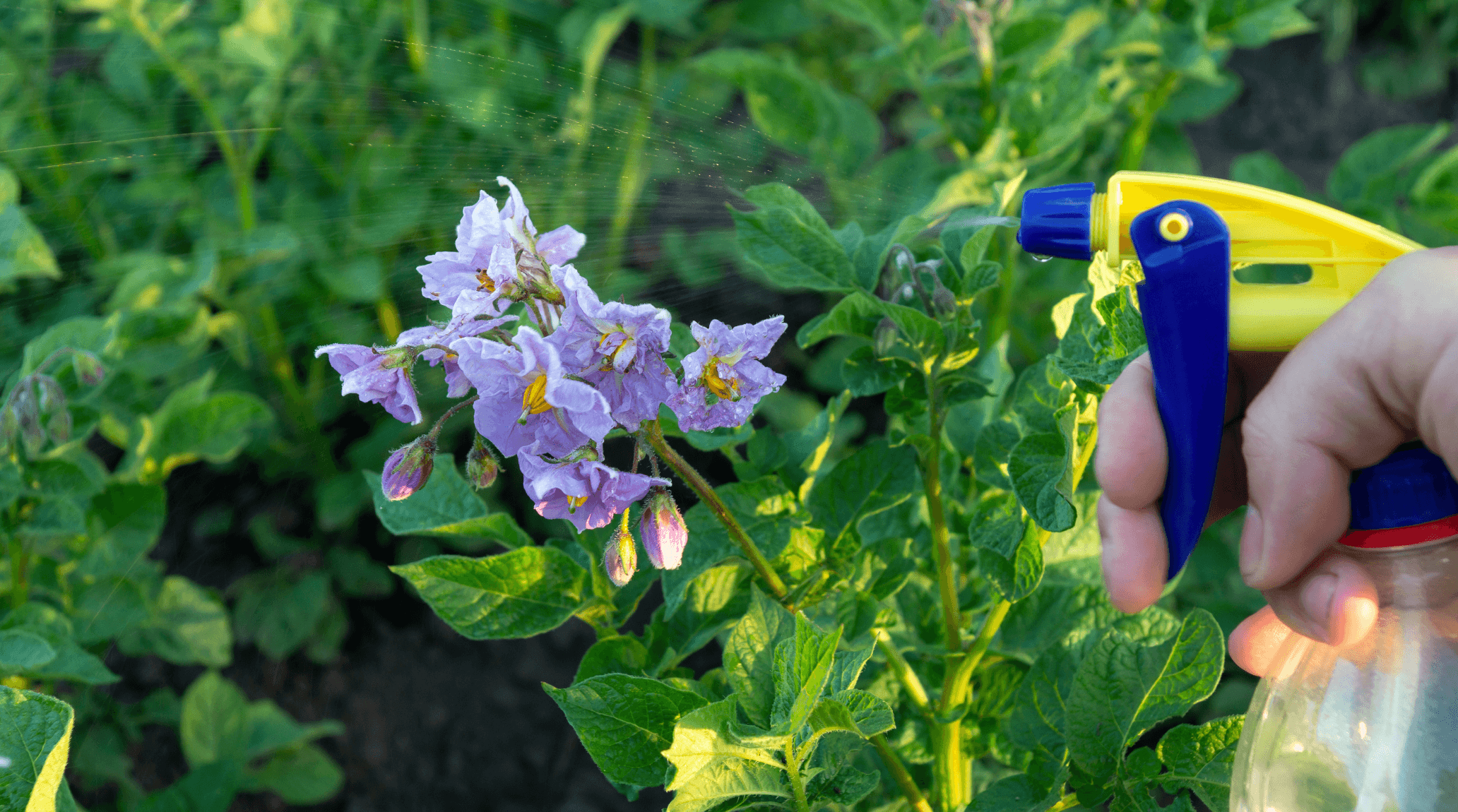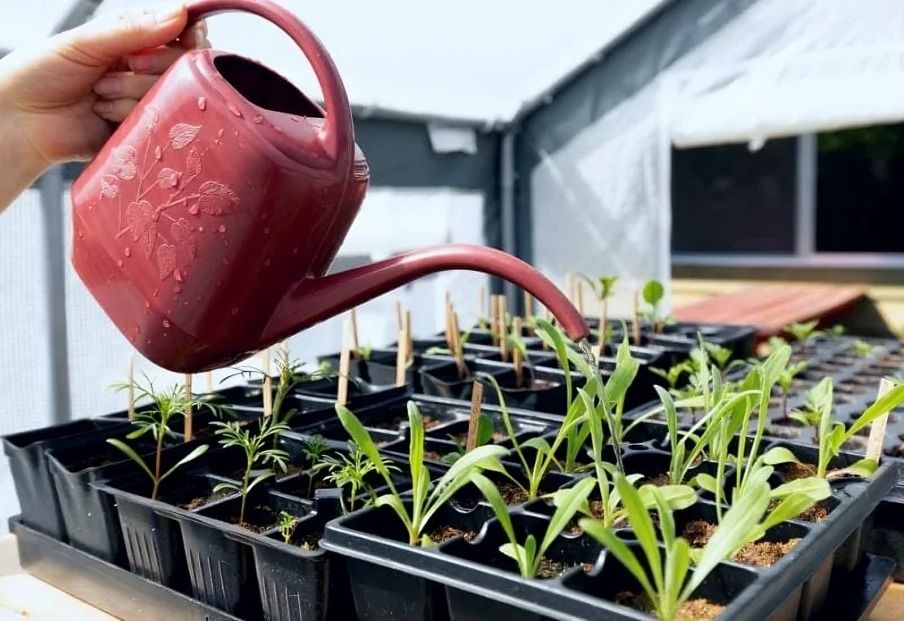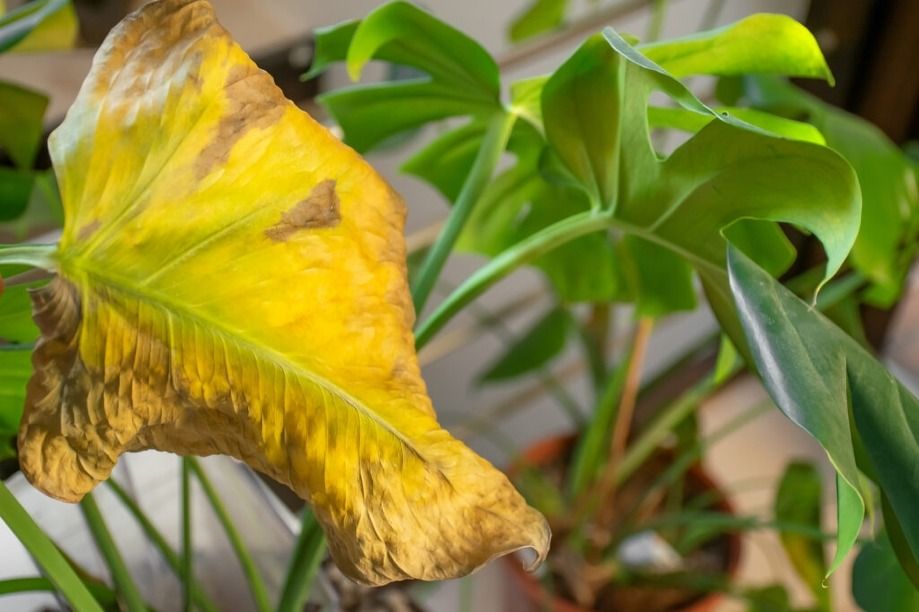
“
Our guide on plant watering tips delves into the essential strategies for optimizing watering practices tailored to the diverse needs of your garden's plants. Proper watering is fundamental to plant health, affecting everything from growth and flowering to disease resistance. Understanding the specific water requirements of different plants and employing effective watering techniques can make a significant difference in their vitality. By following these practical tips, you'll ensure that your plants receive the right amount of water, helping them flourish and thrive throughout the growing season. Let’s dive into the details and discover how to keep your garden in top shape with smart watering practices.1
1
”
Different plants require varying amounts of water depending on their species, size, and environment. Understanding these differences ensures healthier plants by providing tailored hydration. 1

Watering in the morning allows plants to absorb moisture efficiently before the sun's heat accelerates evaporation. This practice ensures plants remain hydrated throughout the day, reducing water loss.
Deep watering encourages roots to grow deeper into the soil, enhancing plant resilience against drought conditions. Strong root systems support healthier, more robust plants capable of withstanding dry periods. 2
The New Delta Irrigation Water Treatment Plant in Egypt holds several impressive records. It is the largest water treatment facility globally, covering an area of over 320,000 square meters. Moreover, it operates at an impressive rate of 86.8 cubic meters per second. 3
An Automatic Plant Watering System smart solution to keep your green friends well-watered! When the soil becomes too dry, the sensor detects this and triggers the Arduin, which activates the relay, which turns on the water pump to hydrate the plant. 4
Sandy soils drain quickly, requiring more frequent watering, while clay soils retain moisture longer. Adjusting watering schedules based on soil type ensures plants receive adequate hydration without waterlogging. 5
Before watering, check soil moisture by inserting a finger into the soil. This method prevents overwatering or underwatering, ensuring plants receive the correct amount of water for their needs. 6
Directing water at the plant base ensures it reaches the roots where it's most needed for absorption. This method maximizes water use efficiency and supports effective nutrient uptake. 7
Mulching around plants acts as a protective barrier, reducing soil moisture evaporation. It helps maintain consistent soil moisture levels, reducing the frequency of watering and promoting plant health. 8
Overwatering can lead to waterlogged soil, depriving roots of oxygen and causing root rot. Good soil drainage is essential to prevent this issue, ensuring roots remain healthy and able to absorb nutrients efficiently. 9
Adapting watering schedules to seasonal changes optimizes plant hydration. Plants typically need more water during hot, dry periods and less during cooler, wetter seasons. 10
Using tools with a gentle nozzle, like a watering can or hose, ensures precise water delivery to the plant base. This method minimizes water waste and maximizes absorption, supporting efficient water use.11

Newly planted trees and shrubs require regular watering to establish strong root systems. Adequate hydration during this critical period promotes root development and overall plant health.
Drip irrigation delivers water directly to plant roots, minimizing water loss through evaporation and surface runoff. This system ensures even moisture distribution, promoting uniform plant growth and water efficiency. 12
Collecting and using rainwater provides plants with natural, chemical-free hydration. Rainwater is ideal for plant growth as it contains essential nutrients and promotes healthier foliage and blooms. 13
Adjusting watering frequency for indoor plants prevents waterlogging in lower light and temperature conditions. Monitoring soil moisture and adjusting watering practices supports indoor plant health and growth. 14

Monitoring plants for signs like yellowing leaves or mold growth helps identify overwatering issues promptly. Adjusting watering frequency or methods can prevent root damage and maintain plant vitality.
Pre-watering plants before applying fertilizer prevents root burn and aids in nutrient absorption. Hydrated roots are more receptive to nutrients, ensuring effective fertilizer use and supporting plant growth. 15
Young plants require more frequent watering as they establish roots and grow. Adjusting watering schedules as plants mature promotes healthy root development and overall plant vigor. 16
Observing how plants respond to watering practices helps refine techniques for optimal hydration. Understanding individual plant needs and adjusting watering supports long-term plant health and growth. 17


